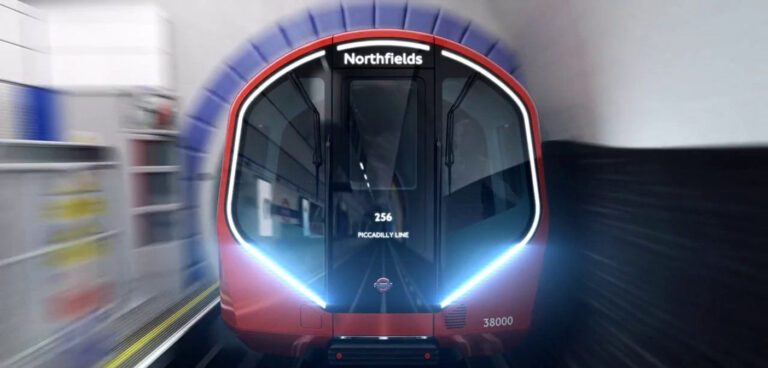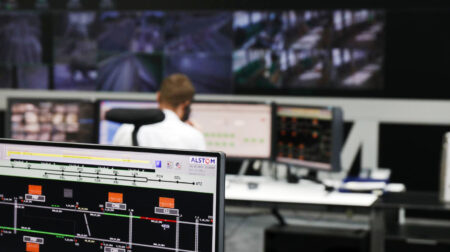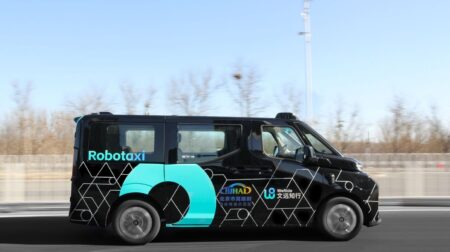The introduction of automated trains across the London Underground network represents “poor value for money”, according to a leaked Transport for London document.
According to the document, the network-wide capital costs for full automation is over £7bn, while the investment only yields a 5% operating expenditure reduction relative to upfront costs.
“The net financial effect of the London Underground-wide conversion is negative showing a net cost of £5.6bn after accounting for revenue and OPEX savings,” the document stated.
However, the report argued that driverless trains offer “reasonable value for money” when delivered as part of an integrated line and train upgrade.
There are also potentially significant customer benefits from improved safety, accessibility to the platform, platform environment and some reliability improvements.
But overall the case is not financially positive given the high capital costs and the value for money case is “much weaker” than that of a driver still in control and when routine starting and stopping are automated.
The report added that none of the fully automated conversions across any lines “would cover their costs over the stated asset life”.
“Most of the stronger cases for full automation, such as WandC, Central and Bakerloo, occur where asset renewal/line upgrades are planned with opportunity for cost efficiency full fleet/asset life and the potential for a small capacity increase,” read the report.
What’s more, the document said that value for money is “significantly weakened if driverless conversion is delivered as part of a retro-fit of existing trains and infrastructure due to increased costs, risks and shorter remaining life of key assets”.








